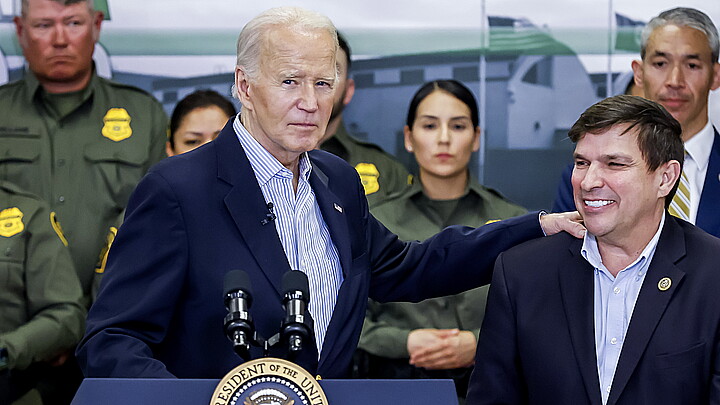Immigration
U.S. Border officials captured 10 terror suspects in July, report says
The CBP report, which also highlights this fiscal year’s enforcement successes also reveals that during Fiscal Year 2022, the agency has already had more than 1.8 million border patrol encounters and that the agency has apprehended 66 people on the Terrorist Screening Dataset
August 17, 2022 11:26am
Updated: August 17, 2022 5:22pm
A recently released report published by U.S. Customs and Border Protection demonstrates that Border Patrol agents detained 10 potential suspects who were listed on a U.S. terror watch list in July.
The CBP report, which also highlights this fiscal year’s enforcement successes also reveals that during Fiscal Year 2022, the agency has already had more than 1.8 million border patrol encounters and that the agency has apprehended 66 people on the Terrorist Screening Dataset.
“Encounters of watch listed individuals at our borders are very uncommon, underscoring the critical work CBP Agents and Officers carry out every day on the frontlines,” the report says, although the numbers demonstrate that these encounters are becoming more frequent this fiscal year than before.
Reports indicate that the 66 people listed on the Terrorist Screening Dataset who were detained at the border in FY 2022 is already more than twice the number of incidents from the combined total during the past five years.
There were only two terror watchlist suspect encounters in 2017 when former President Donald Trump first came into office, a number that escalated to six in FY2018 and then decreased to only three in 2019 and 2020. The recent escalation under the Biden administration has come with an overall massive influx penetrating the border as U.S. authorities struggle to get the illegal migration situation under control.
Authorities have already seen 1,822,160 encounters through July, which is more than 2021’s total of 1,662,167, which itself was more than four times 2020's 405,036.
The border situation has become so significant that border states such as Arizona have taken their own steps to seal gaps in the border. Arizona has been using empty shipping containers in an attempt to fill border gaps. Texas has been bussing migrants to New York City and Washington, D.C., prompting backlash from those cities mayors.










